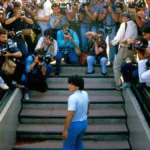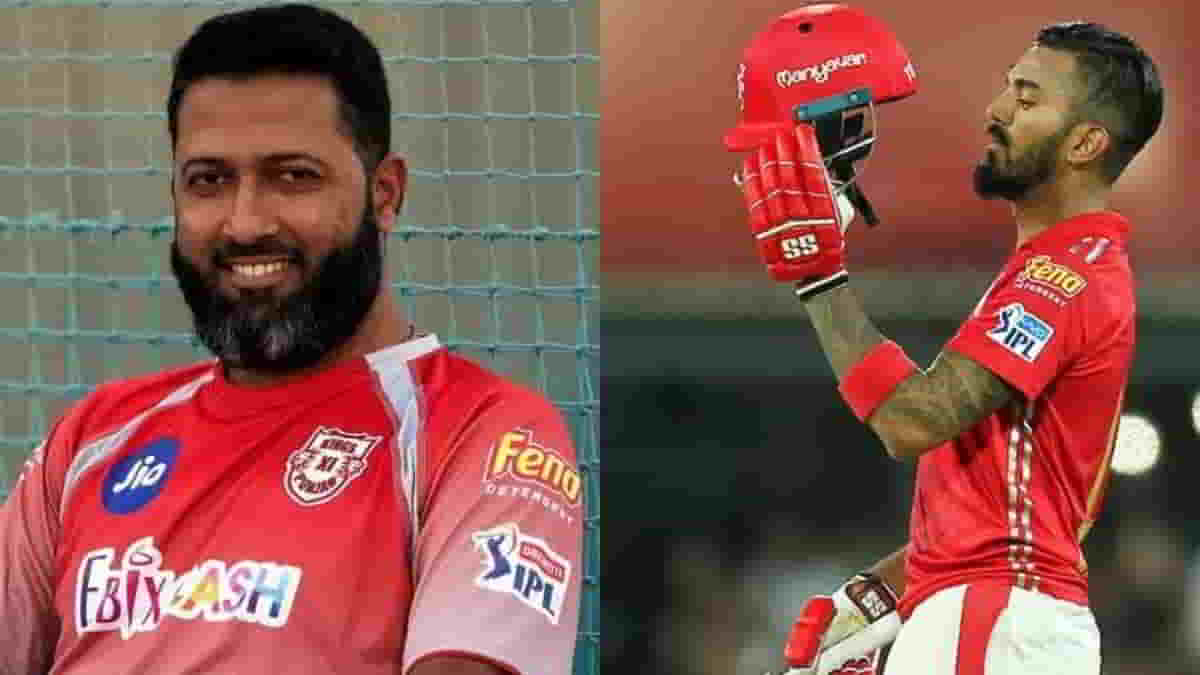Pressure points fighting is among the most exciting topics in any martial arts scene. Its true definition varies vastly depending on whom you ask, especially between various striking styles. Some users characterize its practice as a mystical art formed in ancient, mysterious traditions or a pragmatic application of effective techniques for self-protection. We will examine pressure point fighting in the real world, examine its self-defense orientation, and break through the most common myths about it.
The Myths of Pressure Point Fighting
It is understandable that one can get carried away by tales of mystical masters who can incapacitate or even kill their opponent with a single touch. Concepts such as the “death touch” or “dim mak” exaggerate the folklore of martial arts, creating an idea that it can be put into use with more dramatic effects and minimal effort. However, with several decades of experience in practical self-defense activities, these stories do not bear any real-world worth.
Although technically, if a blow hits the right spot, one can inflict grave injury or even death, this has nothing to do with old secrets or magic pressure points. It’s purely about striking certain vital parts of the body in the right spots with force and understanding the physiological reactions that would occur upon being hit.
Physiological Reactions to Pressure Point Strikes

When a pressure point is struck with sufficient force, the body can respond in several ways. These responses include:
– Extreme Pain: Some areas can be hit to cause extreme pain, which can temporarily incapacitate the attacker.
– Stunning Effect: A good strike can cause a momentary stun, disorienting the attacker.
– Motor Dysfunction: Pressure points can disrupt muscle control, limiting the attacker’s ability to move effectively.
– Balance Disruption: Strikes can disrupt an attacker’s balance, causing them to lose their footing.
– Reflex Response: Some pressure points cause the body to react with a reflexive movement or spasm.
What Happens When a Pressure Point Is Compressed?

Apart from strikes, pressure points can also be hit using compression. For instance, rear naked choke is a technique that relies on constant pressure on specific targets. Continued compression of a pressure point may lead to the following:
– Loss of Motor Function: Disabling the attacker’s ability to use their muscles.
– Balance Loss: Causing the opponent to lose stability and potentially collapse.
– Involuntary Muscle Spasms: Compression can cause spasms or jerking actions in the body.
– Disorientation and Drooling: Compression can cause disorientation or bring about a loss of control over saliva.
– Unconsciousness: In extreme cases, prolonged compression can result in unconsciousness.
Types of Pressure Point Fighting Techniques

Pressure point fighting techniques fall into three basic categories depending on the desired effect:
1. Pain Compliance Pressure Point Fighting: This type of fighting uses pain to subdue or incapacitate the opponent.
2. Blood Flow Pressure Point Fighting: Those that affect blood flow, such as choking or carotid artery compression, which can result in unconsciousness.
3. Impact Pressure Point Fighting: These techniques involve striking vulnerable parts of the body, typically the head, with forceful strikes to cause immediate incapacitation.
Fact Regarding Knockout Pressure Points

The term “knockout pressure points” is frequently misconstrued and inappropriately used. People often associate “knockout” with dizziness or temporary disorientation. In real-life self-defense scenarios, a knockout is an instantaneous loss of consciousness. Fact: Only two types of pressure points will really result in a knockout:
1. Blood Flow Knockouts: These are pressure points where blocking blood flow to the brain through techniques like choking results in unconsciousness
2. Impact Knockouts: Strikes to sensitive areas of the head could cause enough trauma to knock someone out right away.
Most of these martial arts moves are to daze an attacker momentarily and then continue their attack. It does not take much in most cases for this to be countered, especially against drug users and alcoholics. A strike at the pressure points that are known to cause dizziness will probably not affect the assailant when he is under the influence of PCP or adrenaline.
Knockout Pressure Points for Practical Self-Defense

In self-defense situations, speed and effectiveness are all important. The best pressure point techniques should leave an attacker instantaneously and fully unconscious, or out of action, as fast as possible. In real life, only the impact and blood flow pressure points are sure winners for this end. The primary impact knockout pressure point fighting targets include:
– Eyes: Direct hits on the eyes cause pain and confusion.
– Ears: Properly done strike to the ears can result in temporary imbalance or unconsciousness
– Temple: It is soft tissue at the sides of the head, easily prone to bruising.
– Nose: A direct strike to the nose causes sharp pains and temporarily limits breathing.
– Chin: A punch to the chin can displace the head into an unbalanced position, knocking the opponent unconscious.
– Back of the Neck: Striking the neck can cause damage to nerves or disrupt the spinal cord, and the opponent might lose consciousness.
– Throat: Punching the throat can cut off air supply to the opponent and knock him out.
Pressure Point Fighting in Practical Self-Defense
Pressure point fighting can be a valuable tool in self-defense, but only when understood and applied correctly. Myths and exaggerated claims about mystical knockout techniques only serve to distract from the practical, real-world applications of pressure points. Focusing on impact and blood flow knockout techniques, which target vital areas of the head and neck, offers the best chance for quickly disabling an attacker. Whether it is to defend yourself on the street or practice martial arts, focus on practical and efficient techniques that can yield quick and decisive results.
ALSO READ: Inducted Into The Hall Of Fame: A Tribute To The Amazing Christina Matthews




























